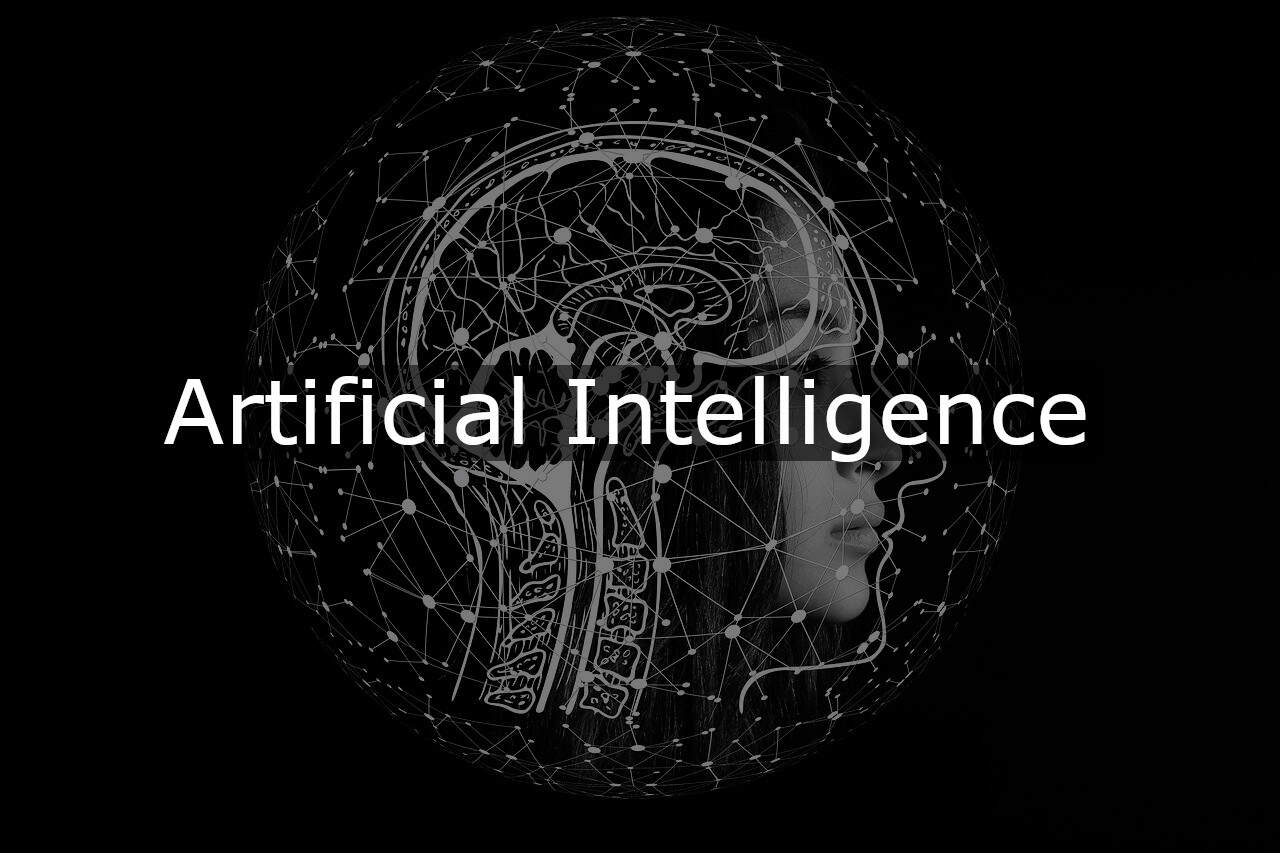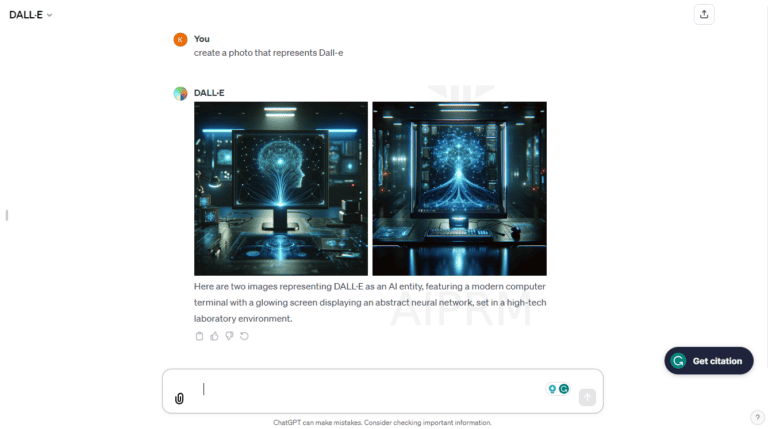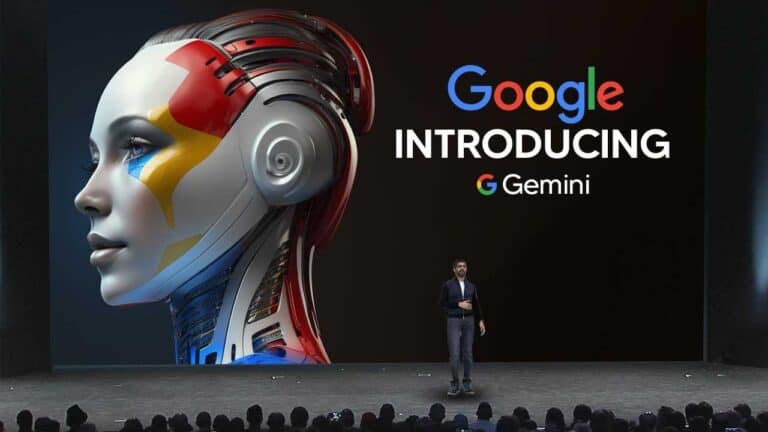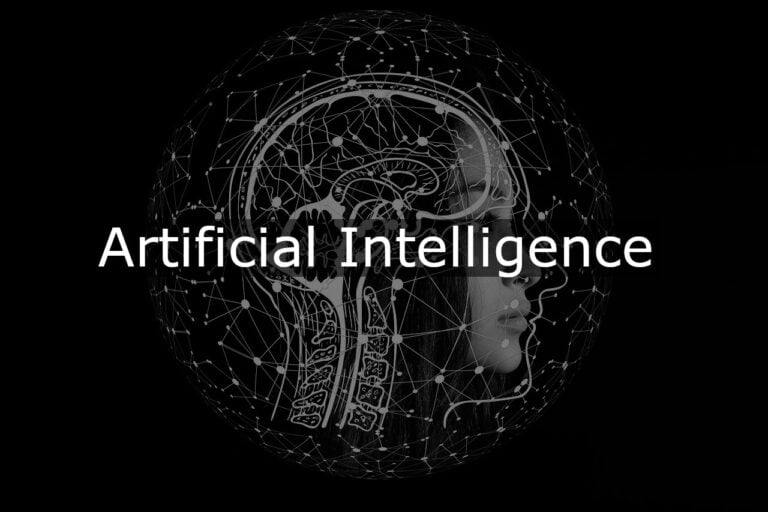The creative industries are experiencing a significant transformation due to the integration of artificial intelligence (AI). As technology evolves, AI has become a powerful tool in the hands of creators, influencing how content is produced, distributed, and consumed. The role of AI in these industries stretches from enhancing the creative process to forging new paths for innovation. It is not a question of AI replacing human creativity but rather expanding the tools available to artists, designers, musicians, and writers.
Artificial intelligence applications, such as machine learning algorithms and neural networks, are now capable of generating visual art, music, written content, and more, raising questions about the future of creative roles. While AI offers potential economic benefits by automating certain tasks and generating new forms of revenue, it also poses challenges regarding the value of human touch in artistry. The professional landscape within the creative sectors is evolving, prompting discussions about the balance between technology and human creativity.
AI’s Creative Revolution: A Double-Edged Sword
Transformation of Creative Workflows
AI tools are streamlining creative processes, automating repetitive tasks, and enhancing efficiency. Graphic designers use AI-powered tools for image editing and generating design ideas. Musicians experiment with AI-composed melodies and rhythms. Writers utilize AI for brainstorming, language refinement, and even generating initial drafts.
Democratization of Creative Expression
AI is empowering individuals with limited technical skills to create content that was once reserved for professionals. Easy-to-use AI tools enable aspiring artists, musicians, and writers to bring their ideas to life without extensive training or expensive equipment.
Concerns About Intellectual Property and Authenticity
The rise of AI-generated content raises questions about copyright ownership and originality. Who owns the rights to a piece of art created by an AI? How do we distinguish between human-made and AI-generated creations? These concerns are fueling debates about the ethical and legal implications of AI in creative fields.
Potential for Job Displacement
While AI enhances productivity and expands creative possibilities, it also poses a threat to certain jobs in the creative industries. Tasks that were once performed by humans, such as image editing or basic copywriting, can now be automated by AI, leading to concerns about job displacement and the need for upskilling.
The Rise of New Creative Roles
As AI becomes more integrated into creative workflows, new roles are emerging. Prompt engineers, AI trainers, and creative directors specializing in AI collaboration are becoming increasingly sought after. These roles require a combination of technical and creative skills to effectively utilize AI tools and ensure ethical and responsible use.
The Impact of AI on Creative Industries: A Mixed Bag
| Impact | Positive | Negative |
|---|---|---|
| Efficiency | Streamlines workflows, automates tasks, enhances productivity | May lead to overreliance on AI, lack of originality |
| Accessibility | Empowers non-professionals to create content, democratizes creativity | Raises concerns about quality control and authenticity |
| Employment | Creates new jobs in AI-related fields | May displace traditional creative roles, requires upskilling |
| Creativity | Expands creative possibilities, inspires new ideas | Potential for homogenization of creative output, ethical concerns |
Key Takeaways
- AI is altering the landscape of creative industries by providing new tools for innovation.
- The balance between AI applications and human creativity is a central theme in the ongoing evolution.
- Economic implications and the future of creative roles are central considerations in the impact of AI.
Technological Transformation in Creative Industries
The creative industries are witnessing a significant transformation as AI blends with human creativity to create new forms of art and expand the boundaries of media and entertainment.
Redefining Art and Design
AI tools like Generative Adversarial Networks (GANs) and StyleGAN are reimagining the landscape of art and design. Artists are utilizing these technologies to automate the generation of visual elements, enhancing productivity while fostering innovation. The emerging AI-driven artworks challenge conventional notions of creativity and raise questions about authenticity and copyright.
Revolutionizing Media and Entertainment
Generative AI is altering the media and entertainment sector, including film, music, television, and video games. The use of machine learning algorithms offers opportunities for novel content creation and can even automate routine aspects of production. In Hollywood, AI-generated scripts and digital actors suggest a future where technology and human actors coexist.
AI in Content Creation and Communication
Content creators across digital channels are embracing AI tools like GPT and ChatGPT for natural language processing. This innovation helps automate journalism, advertising, and social media content, leading to more personalized customer experiences. However, this also sparks discussions on copyright infringement and the need to balance AI’s role with the value of original human authorship.
Innovations in Music and Fashion
The music industry is experiencing a growth in AI-enabled tools that support musicians in composition and style development, thereby reinventing genres and performance. Similarly, in fashion, machine learning algorithms are redefining design by predicting trends and customizing user experiences, leading to a symbiosis of AI innovation and human fashion creativity.
Economic and Professional Impacts of AI
Artificial Intelligence is reshaping various sectors, including the creative industries, by altering job markets and the competitive landscape. This section explores how these changes affect the economy and professionals within these industries.
Employment and Industry Shifts
AI has a significant impact on employment in the creative sectors. The US Bureau of Labor Statistics notes alterations in job demand as AI automates certain tasks. Some roles may diminish, while others, particularly those focusing on AI management and creative direction, are likely to grow. Meanwhile, the Asian Development Bank indicates that technology can result in new job creation, suggesting a dynamic shift rather than a net loss of employment.
Strategic Development and Competitive Advantage
Technology enhances operational methods, allowing businesses to develop strategically. Firms that integrate AI can gain a competitive edge by increasing efficiency and productivity. For instance, data from the UK economy has shown that AI adoption can lead businesses to innovate and expand into new markets, fostering economic growth.
Embracing AI: Opportunities and Challenges
Embracing AI offers opportunities and risks for creative industries. On one hand, it promises increased efficiency and new possibilities for innovation. On the other, there’s the risk of financial inequality among workers and professionals, as suggested by the World Economic Forum. Organisational structures need to adapt to minimize these risks as they develop AI-driven solutions.
AI, Creativity, and Human Collaboration
AI does not replace human creatives; it provides tools for collaboration. It enhances human ideas and can lead to innovative perspectives and solutions. However, the requirement for human intervention emphasizes the need for ethics in AI development and its application in society. Effective collaboration leverages AI’s power while maintaining the integrity of human ingenuity.
Frequently Asked Questions
This section navigates through common inquiries about the impact of AI on the creative industries, seeking to provide clear, factual insights.
What are the main ways in which AI is transforming the creative industries?
AI is revolutionizing creative industries by automating tasks, personalizing content, and fostering new forms of expression. It empowers creators with tools for design, writing, and multimedia creation.
How could AI potentially limit or enhance human creativity within the arts?
AI can enhance human creativity by handling repetitive tasks and generating new ideas. However, it could limit it if creators rely too heavily on AI, potentially stifling originality.
What challenges does generative AI present to professionals in creative fields?
Generative AI raises issues of authenticity and intellectual property. Creative professionals must navigate a landscape where AI-generated content is abundant and distinguish themselves through originality and personal touch.
In what ways is AI influencing innovation in the art and music sectors?
In art and music, AI facilitates the creation of intricate patterns and sounds. It allows for experimentation with novel aesthetics and compositions, pushing the boundaries of traditional methods.
How are creative industries leveraging AI to gain competitive advantages?
Creative industries use AI to analyze trends, automate production, and target audiences more effectively. This streamlines workflows and optimizes the use of resources, offering a competitive edge.
What ethical considerations arise from the use of AI in creative processes?
The use of AI in creativity prompts ethical questions about the originality, ownership, and biases in the generated content. Creators and users must consider these impacts critically.







